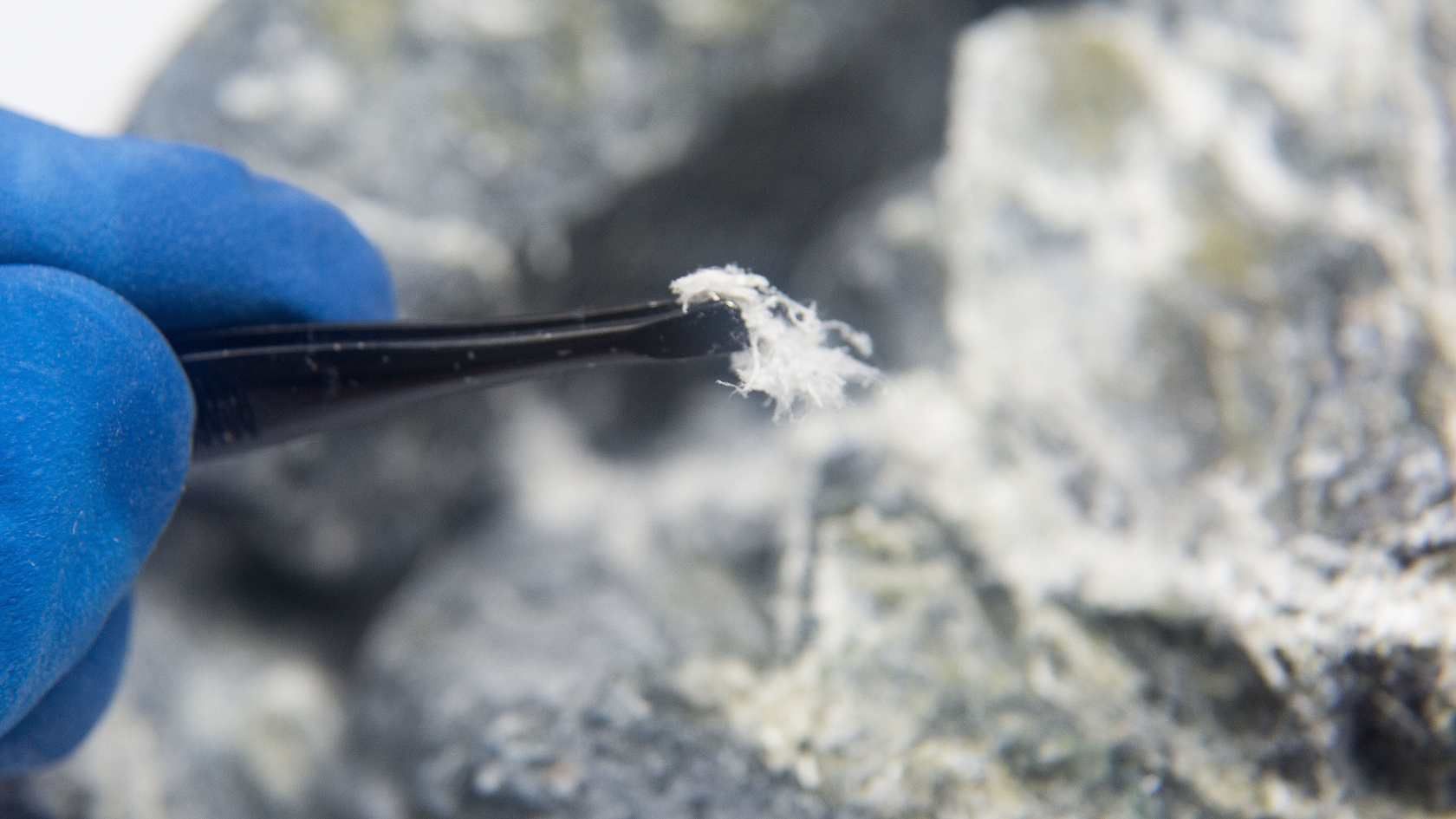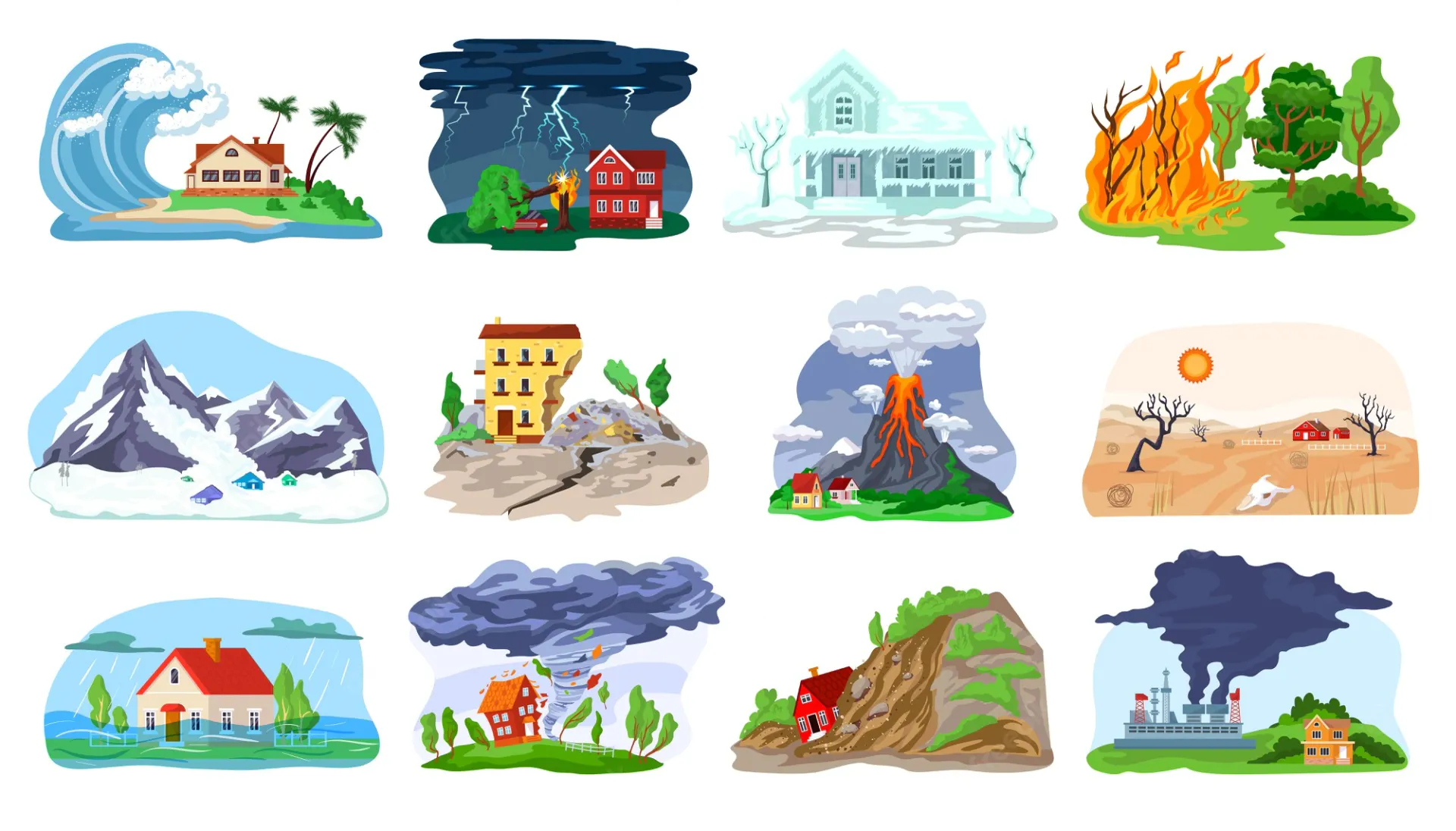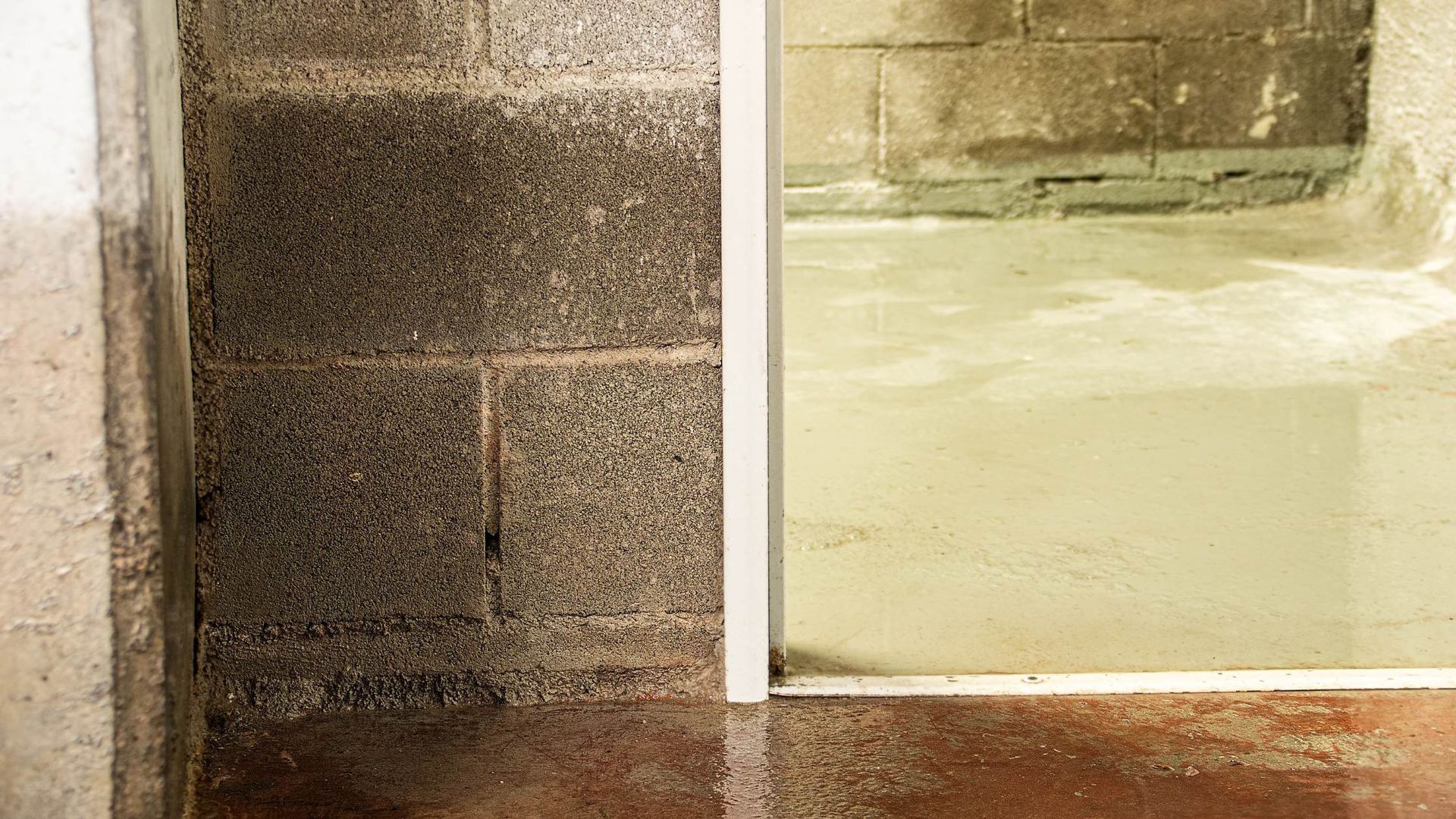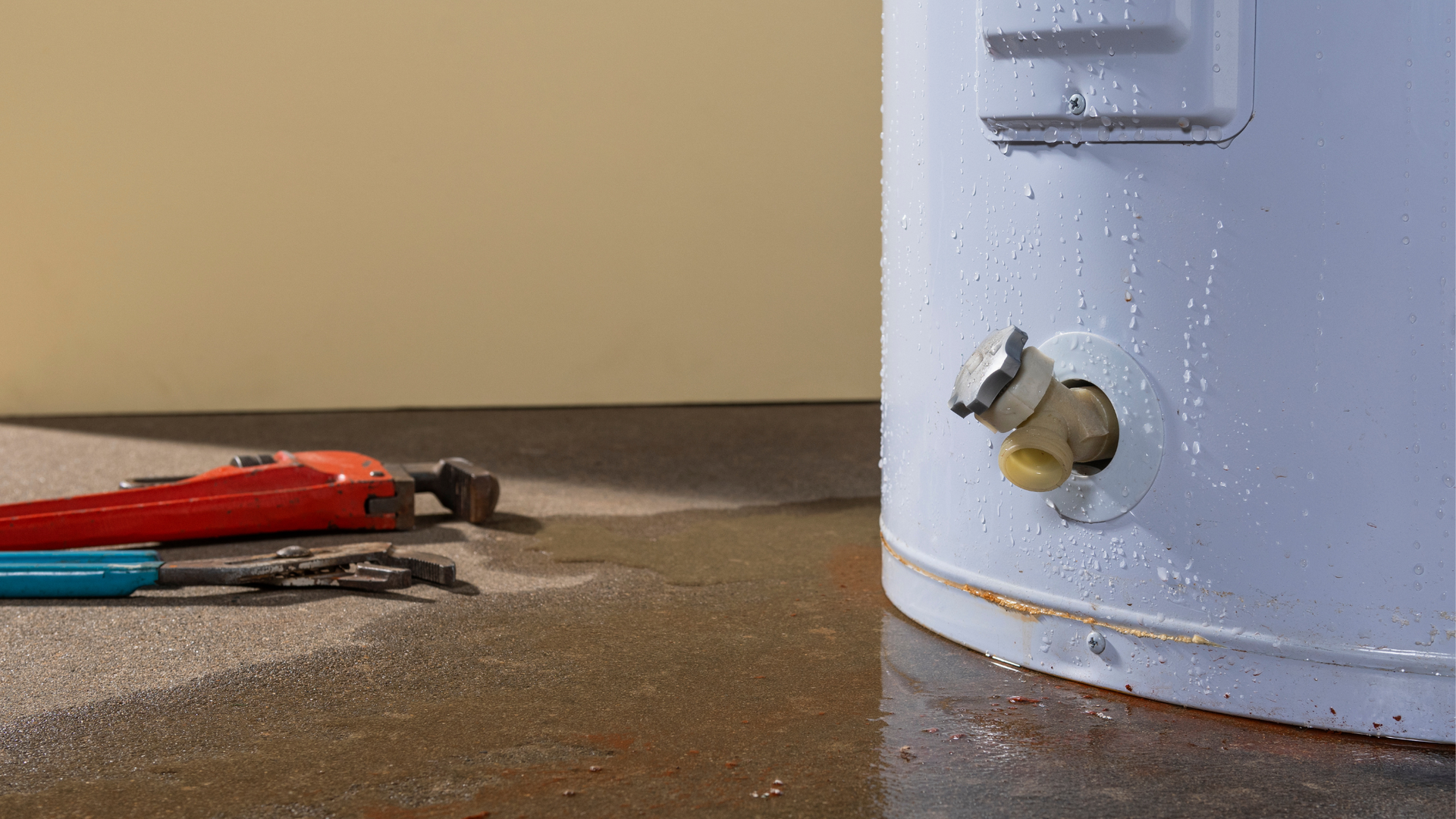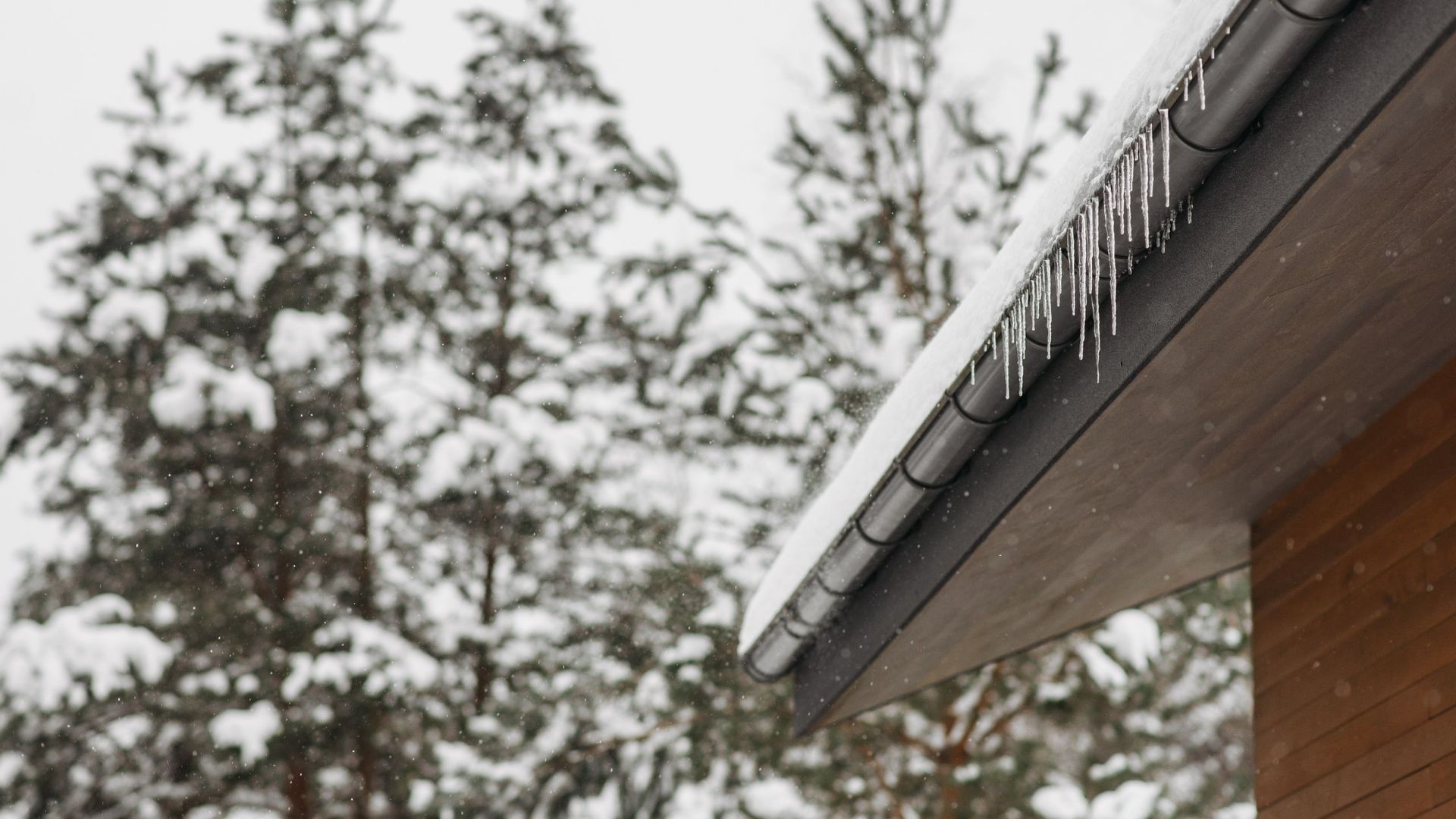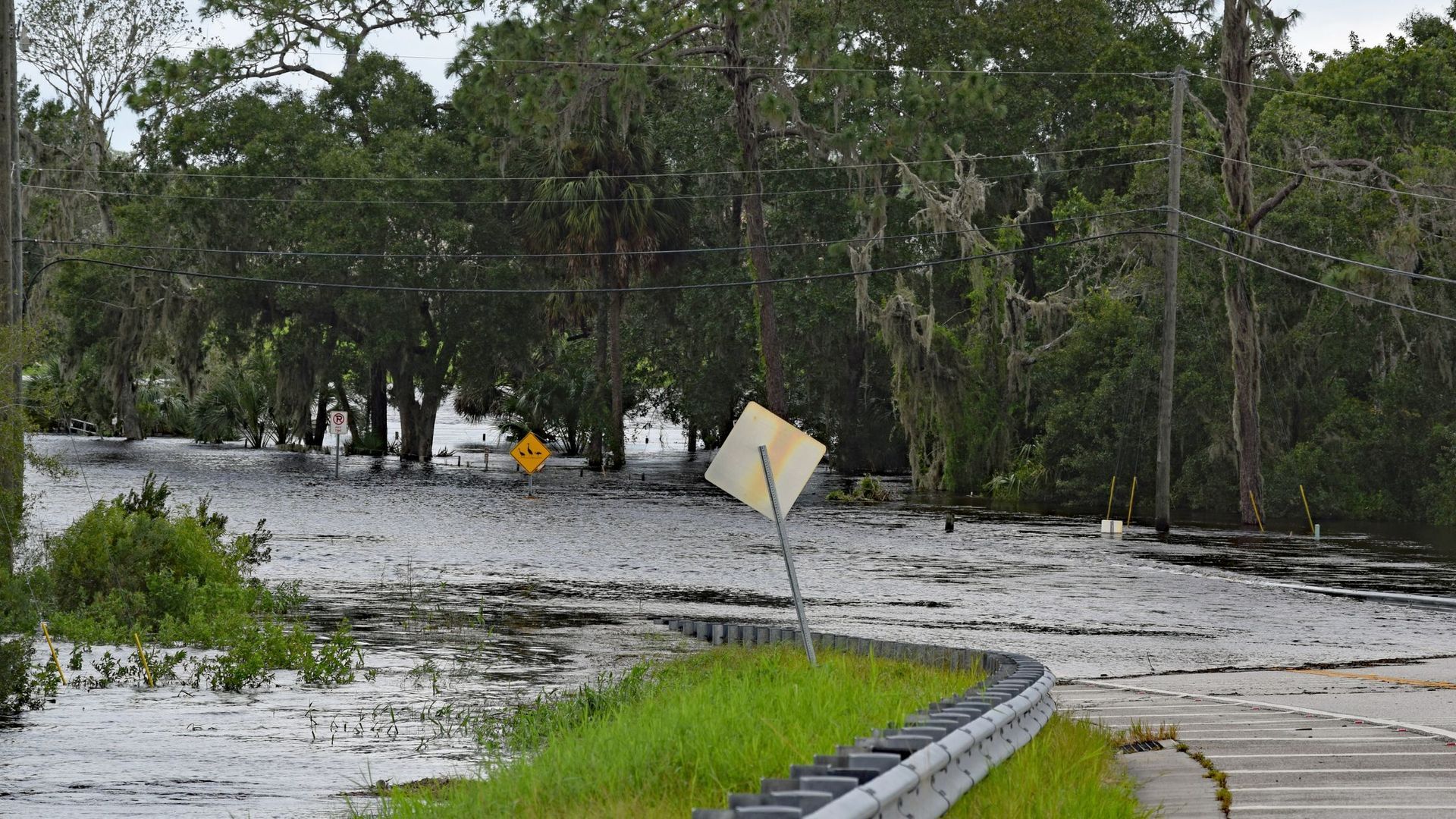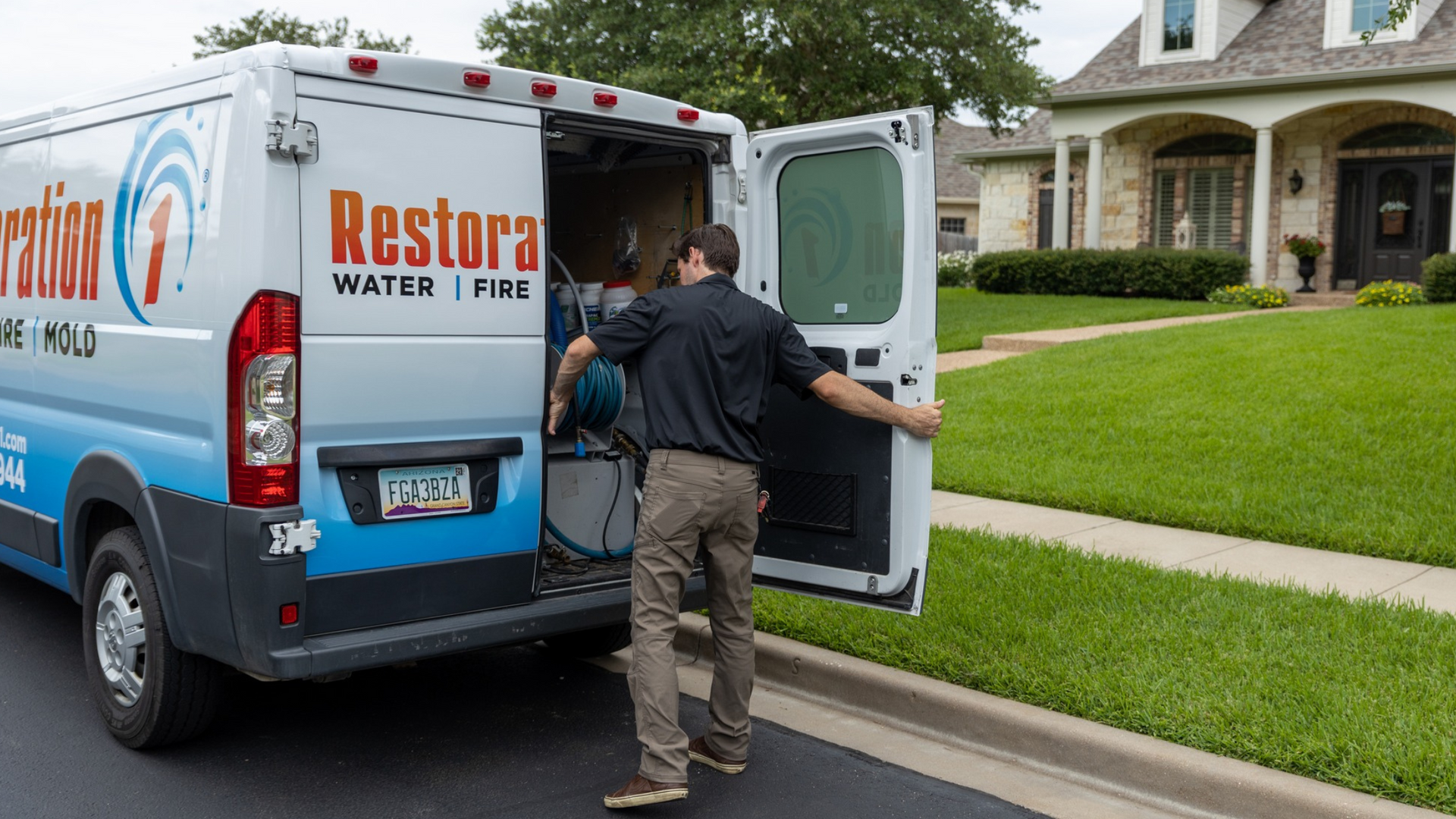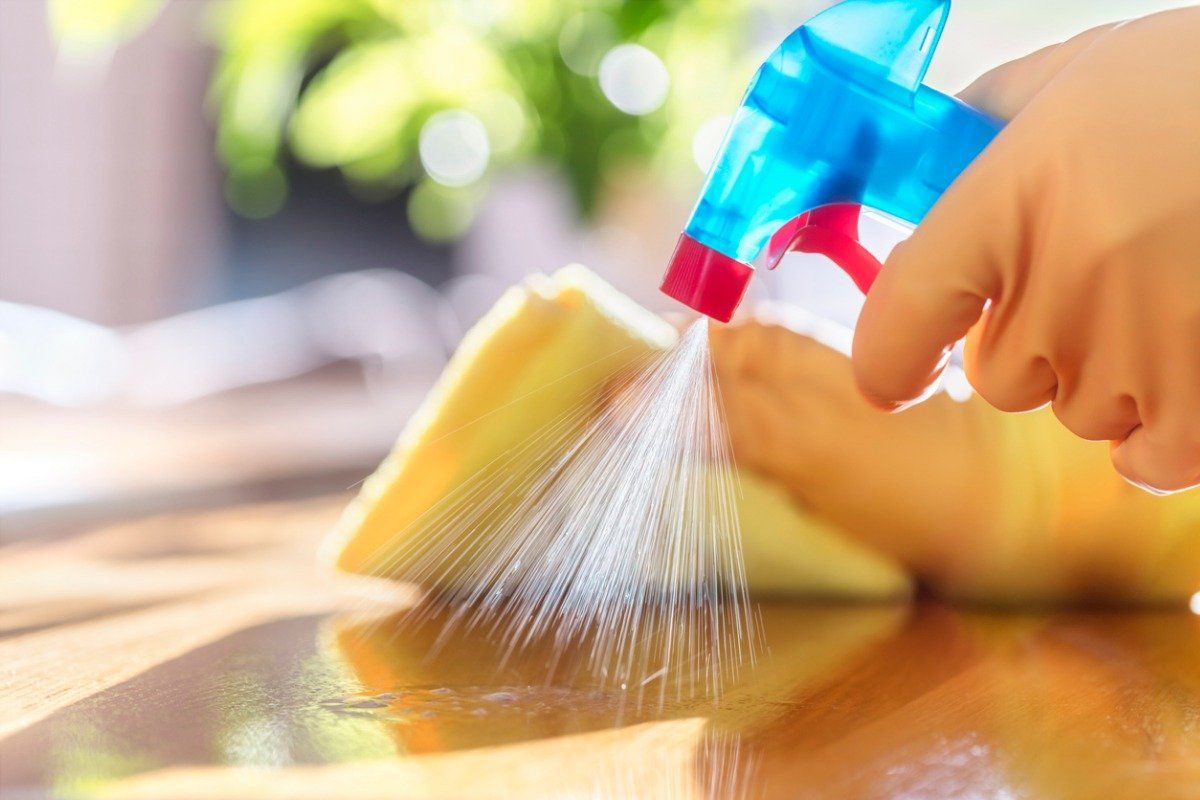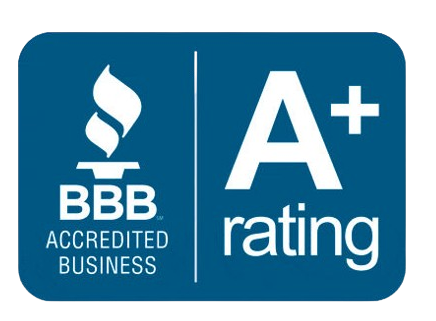Exposure to Mold in the Workplace
Exposure to Mold in the Workplace

Mold is not permitted in the workplace. Working in close proximity to mold colonies may be quite hazardous. Mold spores are dangerous to workers and should be removed as soon as feasible. What to do if your staff shows signs of mold exposure.
What is mold?
Mold, a kind of fungus, may be found almost anywhere. Mold spores consume organic materials in the environment that is deteriorating, such as fallen trees and dead leaves. Outdoor mold is critical to the natural environment. Over 100,000 mold species have been detected across the world.
Indoor mold, on the other hand, poses a significant health danger. Mold spores degrade organic materials such as drywall and wood, both of which are often used in the workplace. When spores eat wooden structural materials, the structure's structural integrity is jeopardized.
Mold infestations might start in a drywall corner at work, or on paper stored in a damp filing cabinet. Mold can survive on a steady diet of moisture, organic materials, and darkness. Mold flourishes in wet working conditions.
Why does mold appear?
Mold may grow in the workplace for several reasons. Moisture issues are typical in older buildings. Some structures are built to be tightly enclosed, restricting appropriate ventilation and accumulating moisture. The drywall makes moisture escape more difficult.
Roof leaks that are not addressed might lead to moisture problems. Uncontrolled humidity, unvented combustion appliances, and postponed maintenance can all contribute to a moist office environment. If the gutters carry water beneath the structure, the persistent wetness will encourage mold growth.
What molds are toxic?
Toxic black mold, also known as Stachybotrys Chartarum, is another common name for black mold. In reality, black mold is no more dangerous than any other color or type of mold.
Mold-sensitive or allergic individuals, on the other hand, are at risk. For example, mycotoxins are harmful chemicals generated by black mold. Although there is no proof that inhaling black mold spores causes deadly infections, those with asthma, allergies, or other hypersensitivities are in danger.
What are the symptoms of mold exposure?
Toxic mold syndrome is based on media hype rather than truth, and symptoms include headaches, memory loss, weariness, and difficulty concentrating. The actual danger emerges when those who are allergic to mold have negative health effects after being exposed to it.
Asthmatic employees who are exposed to mold at work are more likely to suffer an asthma attack. Symptoms of mold-induced asthma include wheezing, shortness of breath, coughing, and chest tightness.
Employees who have been exposed to mold development for an extended period of time, as well as those who are allergic to mold, may have symptoms. Common symptoms include coughing, postnasal drip, sneezing, itchy eyes, nose, or throat, nasal congestion, and dry, scaly skin.
Do employees have legal recourse after being exposed to mold?
The law requires a healthy workplace. Annual inspections help to keep mold at bay in the structure. Employers must implement workplace safety measures and respond to mold growth issues to limit the possibility of a mold infestation.
When mold first appears, the employer must undertake a mold inspection to determine the type of mold and the level of development. A mold remediation strategy might be developed, and the facility could be temporarily closed to allow qualified mold removal personnel to begin the removal process.
It is the obligation of the employer to educate the building staff about the hazards of mold exposure. The mold infestation should also be reported to the building owner, who is in charge of commencing mold removal procedures.
Employees who observe black mold splotches or who become unwell as a result of mold exposure should tell human resources. Employees who become ill as a result of inhaling mold spores may be eligible for workers' compensation.
An employer may be judged negligent if he is aware of a mold problem but does nothing to solve it. When emails or memoranda from the employer's office suggesting the need to conceal the mold problem are discovered, malicious intent may be proven.
If establishing negligence is difficult, litigation may be a possibility. You may be able to sue the company if the occurrence is not covered by workers' compensation. A lawsuit is a serious possibility when a third party fails to remove mold from the ventilation system.
To preserve the health of employees, visitors, and customers, mold must be eradicated from the workplace as soon as feasible. If you see any amount of mold development in your workplace, contact mold treatment professionals.
Mold removal professionals do more than simply remove mold. One of their most effective mold eradication and prevention tactics is to repair the moisture source. Mold removal specialists identify the cause of the moisture problem and repair the mold and water damage.
The spores will be deprived of these important nutrients if the water source is removed. Once the source of the water has been discovered, professionals will work to contain the affected area to prevent airborne mold spores from spreading to other parts of the structure. Mold is completely removed using cutting-edge procedures and technology.
The skilled people of a high-ranking mold treatment firm identify not only apparent mold development, but also concealed mold growth, such as colonies developing behind walls, under carpets, or behind wallpaper. Technicians employ cutting-edge technology to find and remove any mold.
Do you have a mold problem in your home? Call Restoration 1 of Raleigh North right now!
